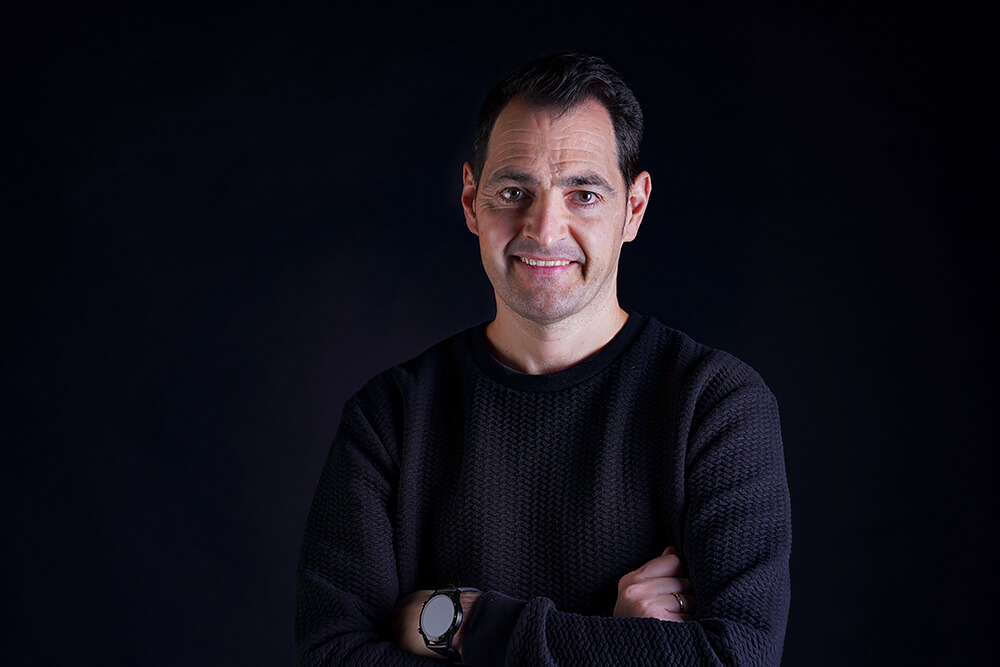Pedro Luis Saiz Ajuriaguerra (Bilbao, Bizkaia, Spain, 1974). self-taught photographer, began his career back in 2011 discovering a passion that was unknown, the beginning do little more than encourage their concerns are increasing making try almost all disciplines of photography, highlighting mainly in sports photography, and architectural photography.
It has the distinctions MCEF / o (Gold Master of the Spanish Confederation of Photography) and EFIAP / g (Gold Excellence of the International Federation of Photographic Art).
He is currently collaborating with magazines such as BAO Bilbao Magazine, Bilbao Tourism, Bilbao Bizkaia Tour Magazine and for different sports promoters such as MGZ Promotions, Euskobox etc.
Judge in more than 20 international competitions.
He has participated in numerous International competition and has managed numerous medals of FIAP, PSA, GPU, IUP, DPA, UPI, CVB, ISF, PCA (50 FIAP Gold Medals and around 70 PSA Gold Medals), just over 400 awards and more than 5000 acceptances by various international photographic salons in the last years.
The predator of instants
He is shy, thin, with white skin and very large, green, expressive eyes. They are eyes that capture everything; Suddenly, they focus on a sheet of time and begin to create a painting.
The camera is just the harpoon that he catches that moment. Before, Pedro Luís has studied the hunting area. And then he will catch the moment before showing the trophy.
He is a predator. "I'm not obsessed with light, or color, or movement. I am very attracted to various disciplines such as sports, architecture and extreme macro. I am looking for a place, event or object and I begin my research on what can be photographed, which can last for weeks. Then I let myself go, "he explains. "It is essential to tell stories with photos. A good photograph must relate something. A photo is a story, a short story. Of course, it is not always possible. But the most impressive photos always have a story inside ".
He insists that passion is the descriptive element of his photographic style. "It is my strong point, it forces me to go further." That passion is transmitted to the photo "with a lot of contrast, sharpness and blacks pushed to the limit; with marked shadows, the light is there. It is a style close to the comic ".
The photo does not exist although the moment already feels that it carries the harpoon on its back. "It is necessary to complement two processes: a good photograph and a good edition. He did a lot of editing work ", "A photo, once you have taken it, you have worked on it, you have it finished, it loses part of its value for me. It is tremendous. It may be something subconscious, but once the process is complete, it loses its charm. And I do not stop finding defects. It also happens to me that the more I see a photo, it becomes devalued, it comes off the ability to surprise me. It is the essence of the predator. He needs new blood. A recent trail. The stimulus to capture prey that he has not yet seen.
